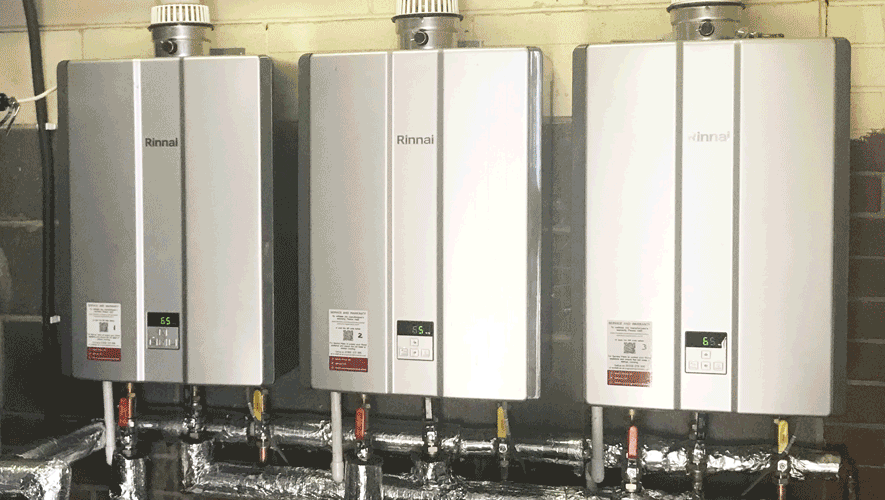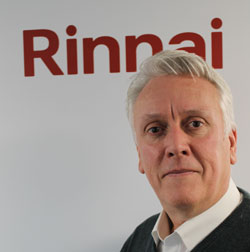Ministers have met this week with the construction industry to hold talks over controversial post-Brexit safety testing rules that the sector argues could delay the construction of 150,00 new homes next year, E&T can reveal.
As well as derailing government house-building targets, the construction industry has warned that the rules could impact the UK’s decarbonisation efforts and exacerbate the cost-of-living crisis.
Under the UK’s new regulatory goods regime, manufacturers currently have until 1 January 2023 to obtain a UKCA marking on a huge range of products which will replace the EU CE marking. The government says the move is an opportunity “to make our regulations work in the best interests of UK consumers and businesses”.
However, the construction industry says the deadline represents “a fast-approaching cliff edge” as there is not enough testing capacity in the UK to ensure certain crucial building products are certified.
The CE mark demonstrates that products comply with health and safety and environmental protection legislation. It has been a minimum requirement for manufacturers to place on their products in the EU market since 1993.
CE testing is currently undertaken across a network of European testing and certification bodies but under the new system, the UK will not recognise these certificates. This means that, in some cases, manufacturers will need to have their products retested even though the technical requirements and standards that need to be met are largely the same for UKCA as they were for the CE mark.
Last week, Brexit minister Jacob Rees-Mogg hinted that the UKCA mark could be dropped, arguing that “there is no point in us repeating things that other organisations and countries do to a perfectly competent standard”. But he was promptly slapped down by No 10, which confirmed the UKCA mark would be introduced on 1 January next year, as planned.
While many construction products can be brought to market with a ‘self-declaration’ of conformity to demonstrate compliance with the regulations, several crucial construction products including radiators, glass, passive fire protection, glues and sealants will have to be completely retested before they can be sold in the UK.
The Construction Leadership Council (CLC), a joint industry-government body, has estimated that the inability to certify radiators in the UK “could delay the construction of over 150,000 homes in a single year” while also delaying “the switch to low-carbon heating”. To put this in context, the government has a target to build 300,000 new homes a year.
In addition, the government has pledged to install 600,000 heat pumps a year by 2028. Heat pumps require larger radiators as they run at lower temperatures than conventional gas-powered boilers, although heat pumps can also be used with underfloor heating systems.
Tom Garrigan, technical director of BSRIA, which is currently the only UK-approved body to test radiators for the UKCA mark, noted that there are eight EU-notified bodies that test radiators for CE-marking purposes in Europe.
“On the assumption their individual annual throughput is similar to that of the single UK-approved body, there is estimated to be an enormous 64 years’ worth of retesting required,” he added.
Carrigan said this was an “impossible target to achieve” by 31 December 2022.
As it stands, manufacturers and distributors of radiators that have not had their products retested would legally have to remove products that had not been tested from the market in Great Britain after this date.
“This is clearly an unintended consequence, however this may lead to a deregulation of product conformity, limit product availability, and a backlog of testing could stifle innovation as new product designs will be required to enable low-carbon technologies to operate efficiently,” said Carrigan.
The issue is not just confined to radiators.
The Construction Products Association (CPA) says other products that may not be tested before the deadline due to “a lack of capacity, capability or ambiguity in the legal requirements include: windows and doors, insulation products, synthetic renders, adhesives and sealants, coated and laminated glass, timber products, electric cables, cement admixtures and some critical fire-safety and building-system products”.
The CLC told E&T that it had had a “productive meeting” with the construction minister Lee Rowley on Wednesday and understood that “further developments are likely in the near future”. The Department for Business, Energy and Industrial Strategy said it was “working on solutions to issues around construction products testing capacity and supporting industry to prepare for UKCA adoption”. But it is not clear what type of solution may be forthcoming.
The government has already extended the deadline for UKCA by a year to 1 January 2023 but the CPA says this will still not leave enough time for testing.
Peter Caplehorn, the CPA’s chief executive, told E&T: “At the moment, industry’s hands are tied. Post-Brexit, the CA regime limits us to having access to only 70 certification and testing organisations in the UK, where previously we had access to over 700 across the EU.
“We would agree with the recent reported comment by Jacob Rees-Mogg; in the case of the great majority of construction products there is simply no point to the new CA regime. This process makes no difference to the quality, safety or robustness of a product.
“It just adds significant costs to retest, re-certify and rebrand the same product to place it on the UK market.”
There are also concerns that these extra costs will be passed on to consumers, who are already facing unprecedented rises in energy bills this year.
Garrigan said that “an option to avoid the cliff-edge at the end of the calendar year” would be for the government to recognise products such as radiators that are already compliant under the CE system as valid in the UK.
However, this could prove difficult politically for the government as it would mean UK goods would be aligned with EU rules that the UK has no control over, defeating the original rationale behind Brexit.
Source: Engineering and Technology


 The Portascanner® AIRTIGHT 520 performed outstandingly, being able to identify and quantify leaks that had been found with traditional basic methods of leak detection such as thermal cameras, smoke pencils and anemometers, but most importantly finding leaks that could not be found with any alternative method. A significant number of leaks were identified in window and door seals.
The Portascanner® AIRTIGHT 520 performed outstandingly, being able to identify and quantify leaks that had been found with traditional basic methods of leak detection such as thermal cameras, smoke pencils and anemometers, but most importantly finding leaks that could not be found with any alternative method. A significant number of leaks were identified in window and door seals.










